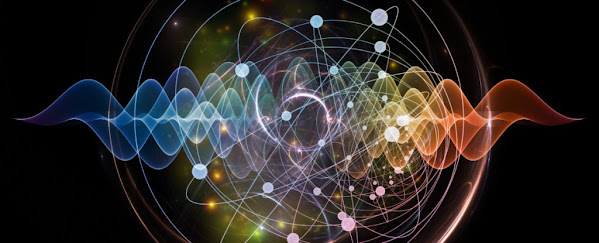A new experiment in quantum physics has proven that reality does not exist until it is measured. It is an adaptation of an experiment proposed in 1978, in which an atom was passed through grids made of beams of laser light. Once again, the paradox occurs: Whether the atom behaves as a wave or as a particle is not decided 'until' the measurement is made, at the end of the journey.
Updated version of the previous article.
An experiment confirms again that quantum reality does not exist until it is measured
The strange nature of reality, as established by quantum theory, has survived another test, as scientists have performed a famous experiment and shown that reality does not exist until it is measured. Physicists from the Australian National University (ANU) have carried out the delayed choice experiment, thought by John Wheeler, which consists in that a moving object is given the option of acting as a particle or a wave. Wheeler's experiment asks: And at what point does the object decide?
Common sense says that the object is either a wave or a particle, regardless of how we measure it. But quantum physics predicts that observing wave behavior (interference) or particle behavior (without interference) depends only on how it is measured, at the end of its journey. This is exactly what the ANU team found.
“This shows that measurement is everything. At the quantum level, reality does not exist if you are not looking, ”says Professor Andrew Truscott, from the ANU School of Physics and Engineering Research, in its press release.
Despite the apparent mystery, the results confirm the validity of quantum theory, which governs the world of the very small, and has enabled the development of many technologies such as LEDs, lasers, and computer chips.
Not only did the ANU team succeed in building the experiment, which seemed nearly impossible when it was proposed in 1978, but they reversed Wheeler's original concept of beams of light bouncing off mirrors, and instead used atoms scattered by light. To be.
"The predictions of quantum physics about interference seem quite strange when applied to light, which looks more like a wave, but having done the experiment with atoms, which are complicated objects that have mass and interact with electric fields and Plus, it adds to the strangeness," says PhD student Roman Khakimov.
The future affects the past
Professor Truscott's team first trapped a collection of helium atoms in a suspended state known as a Bose-Einstein condensate , and then expelled them until only one atom remained.
They then dropped that single atom through a pair of laser beams that traveled in the opposite direction, forming a grating pattern that acted as a crossroads, the same way a solid grating would scatter light.
A second grating of light to recombine the paths was added in some cases, at random, causing constructive or destructive interference, as if the atom had traveled both paths - acting as a wave. When the second light grid was not added, no interference was observed, as if the atom had chosen only one path - acting as a particle.
However, the random number that determined whether or not the second grid was added was only generated after the atom had passed through the crossroads.
If one chooses to believe that the atom actually took one path or both then one has to accept that a future measure is affecting the atom's past, says Truscott. "The atoms did not travel from A to B. It was not until they were measured, at the end of the journey, that wave or particle behavior existed."
Bibliographic reference:
AG Manning, RI Khakimov, RG Dall, AG Truscott: Wheeler's delayed-choice gedanken experiment with a single atom. Nature Physics. DOI: 10.1038 / nphys3343.

